What happens when you no longer own your own DNA sequencing and the person who has it refuses to release it to you?.
Having your genome sequenced doesn’t always mean you have full access to the data.
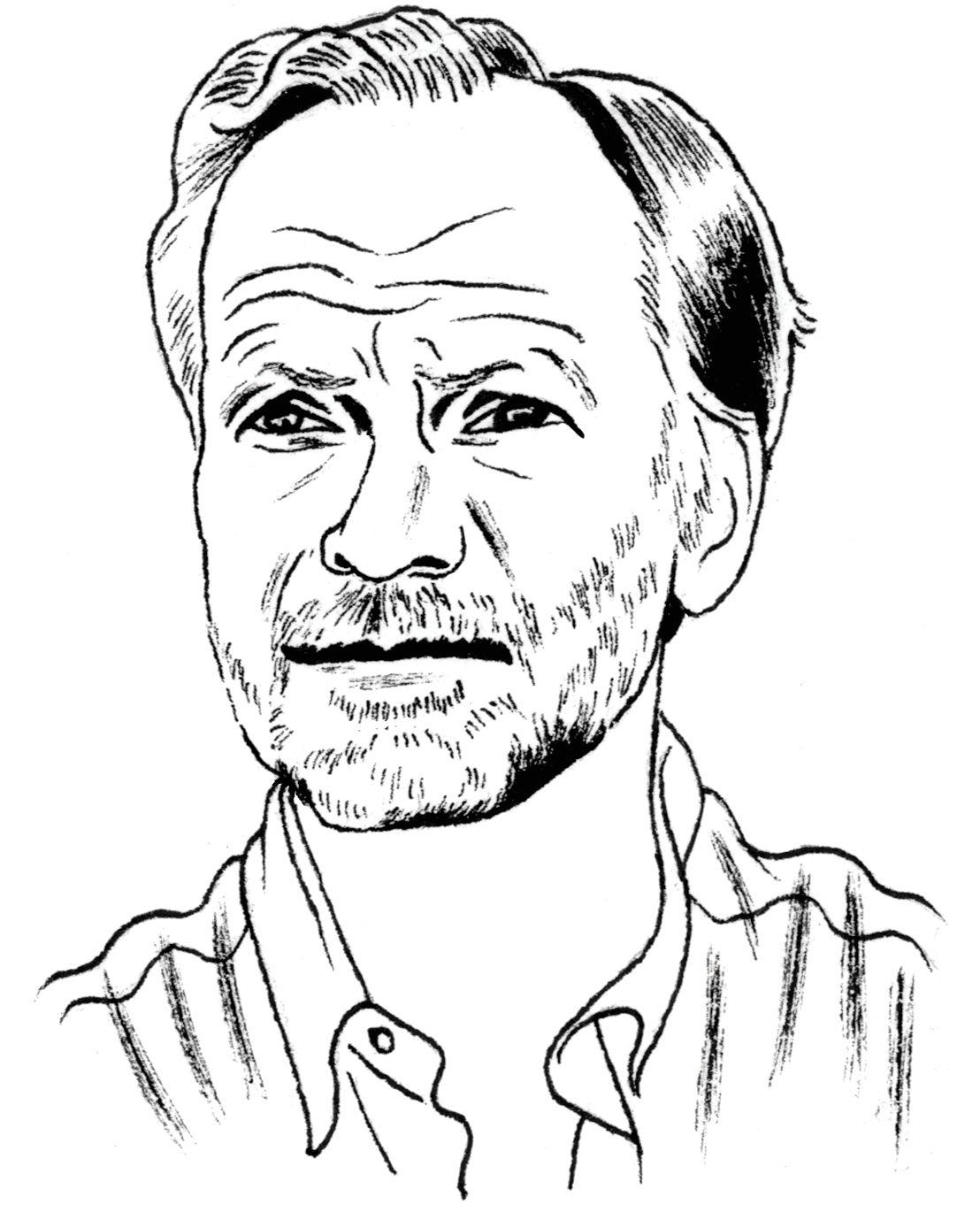

Frankly, in the US this makes me really nervous. Placing drug making 3D printers in your local pharmacies. I hope that the manufacturer has a mechanism setup to cause the machine not to work if it is stolen by the local drug gangs.
The brave new world of 3D-printed drugs in the healthcare industry is heating up.
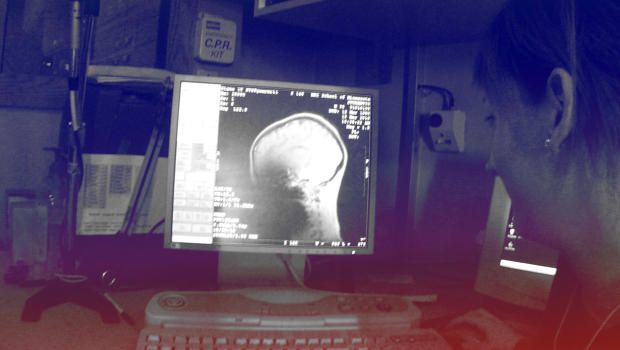

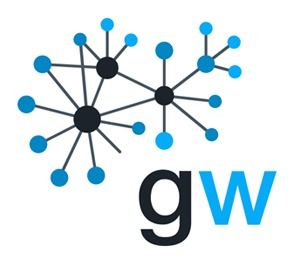
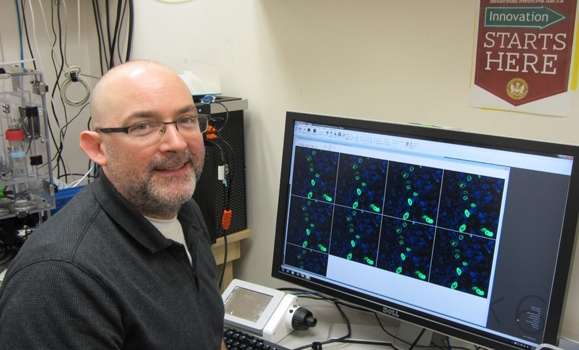
Using his knowledge of how genes are organized and repaired in human cells, Dr. Graham Dellaire, Dalhousie Medical School’s Cameron Research Scientist in Cancer Biology, has developed a technique that could make gene therapy more effective and safer to use. His work was recently published in Nucleic Acids Research and Nature.
CRISPR, named 2015’s breakthrough discovery of the year, stands for “Clustered Regularly-Interspaced Short Palindromic Repeats.” It can accurately target and edit DNA, offering the potential to cure genetic diseases and find new treatments for cancer.
To apply CRISPR in non-dividing cells—such as those in muscle and brain tissue—researchers must first make them behave like cells that divide. They do this by turning on a cellular process called homologous recombination, which protects DNA; the recombination allows a cell’s genes to be manipulated and rearranged without the possibility of causing more harm than good.
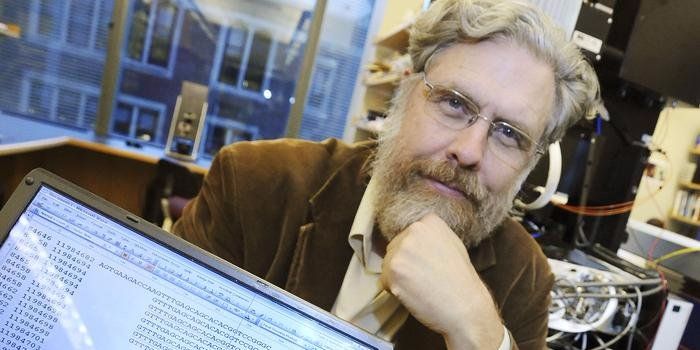
Veritas Genetics, a Boston-based biotech company co-founded by Harvard geneticist George Church, is claiming it can now sequence your entire genome — the genetic blueprint inside all your cells that makes you who and what you are — for less than $1,000. That price tag includes an interpretation of the results and genetic counseling.
If the claim is true, it would shatter a long-held barrier in genetic medicine.
Reaching the $1,000 genome
The so-called $1,000 genome has long been a holy grail in genetics. While others — notably the company Illumina — have previously claimed to reach this milestone, these efforts did not include the cost of interpreting the results.
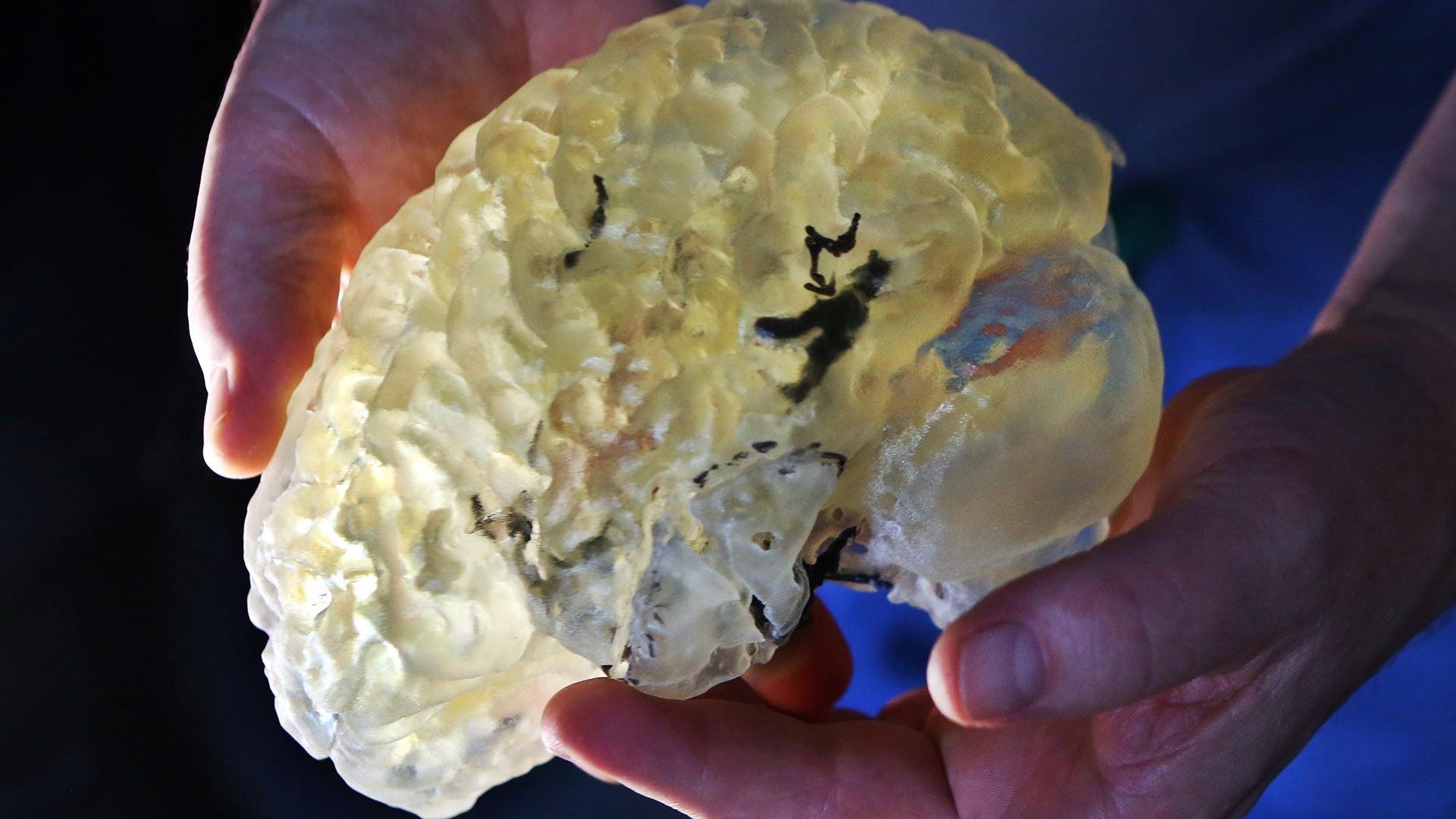
A 3D-printed layered structure that incorporates neural cells to mimic the structure of brain tissue has been created by researchers at the ARC Centre of Excellence for Electromaterials Science (ACES) in Australia, and it could have major consequences in studying and treating conditions such as schizophrenia and Alzheimer’s. The three-dimensional structure will allow scientists to better understand the complex nature of the brain and its 86 billion nerve cells. We look at the benefits and risks of this scientific breakthrough on the Lip News with Jose Marcelino Ortiz and Jo Ankier.
http://motherboard.vice.com/read/researchers-are-getting-closer-to-3D-printing-brains
Newest Lip News playlist:
https://www.youtube.com/watch?v=yfyQwrM1dLI&list=PLjk3H0GXhhGcjJDo6cQBCQprDMQyUQY3r&index=1
BUZZSAW interview clips
https://www.youtube.com/watch?v=hA1IbcsMQBQ&index=1&list=PLjk3H0GXhhGeWhHPas6M9sKUhThquDNOc
CRIME TIME clips playlist
https://www.youtube.com/watch?v=MGLOmIcPMO4&index=1&list=PLjk3H0GXhhGeC9DbpSnIvd2i9BHh2dBvv
BYOD (Bring Your Own Doc) Highlight Videos
https://www.youtube.com/watch?v=MF_hdkdBf-Q&index=1&list=PLjk3H0GXhhGeu2DCf6Ouo7hTsA5QB2MAL

A realistic article on AI — especially around AI being manipulated by others for their own gain which I have also identified as the real risks with AI.
Artificial intelligence (AI), once the seeming red-headed stepchild of the scientific community, has come a long way in the past two decades. Most of us have reconciled with the fact that we can’t live without our smartphones and Siri, and AI’s seemingly omnipotent nature has infiltrated the nearest and farthest corners of our lives, from robo-advisors on Wall Street and crime-spotting security cameras, to big data analysis by Google’s BigQuery and Watson’s entry into diagnostics in the medical field.
In many unforeseen ways, AI is helping to improve and make our lives more efficient, though the reverse degeneration of human economic and cultural structures is also a potential reality. The Future of Life Institute’s tagline sums it up in succinct fashion: “Technology is giving life the potential to flourish like never before…or to self-destruct.” Humans are the creators, but will we always have control of our revolutionary inventions?
To much of the general public, AI is AI is AI, but this is only part truth. Today, there are two primary strands of AI development — ANI (Artificial Narrow Intelligence) and AGI (Artificial General Intelligence). ANI is often termed “weak AI” and is “the expert” of the pair, using its intelligence to perform specific functions. Most of the technology with which we surround ourselves (including Siri) falls into the ANI bucket. AGI is the next generation of ANI, and it’s the type of AI behind dreams of building a machine that achieves human levels of consciousness.